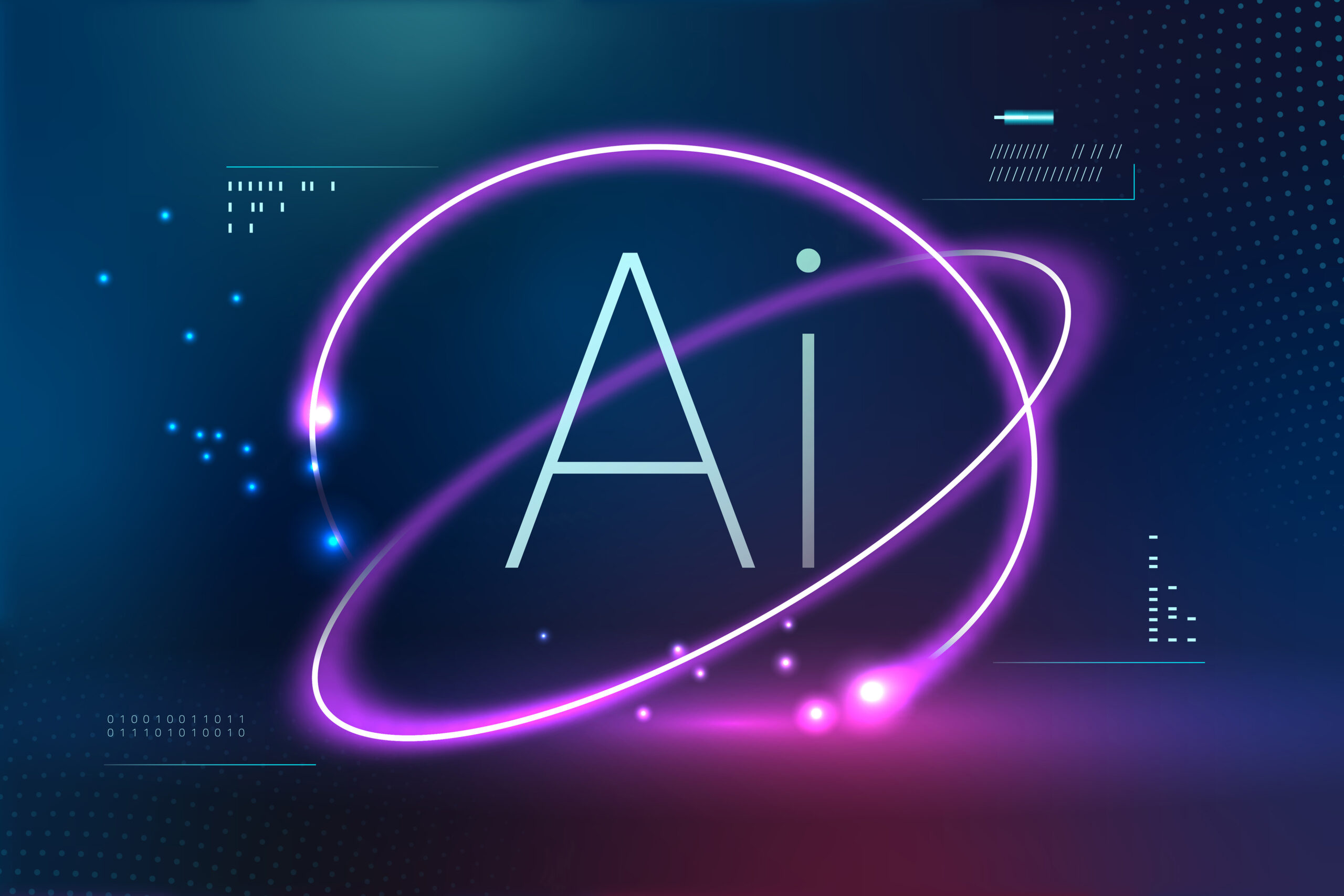Artificial Intelligence (AI) has come a long way since its inception, powering everything from self-driving cars to medical diagnostic tools. However, current AI technologies are still limited in scope, often designed to excel at narrow tasks. But what if machines could think and reason like humans, applying their intelligence across a broad range of activities? This is where Artificial General Intelligence (AGI) comes into play. In this article, we explore AGI, its implications, and how it could pave the way for superintelligence, a concept that has fascinated scientists and futurists alike.
What is Artificial General Intelligence (AGI)?
Artificial General Intelligence (AGI) refers to a type of AI that can understand, learn, and apply knowledge in a way that is indistinguishable from human cognition. Unlike Narrow AI, which is designed to perform specific tasks (e.g., facial recognition, language translation, playing chess), AGI would possess the ability to think and reason across multiple domains, much like humans do.
In essence, an AGI system would be able to perform any intellectual task that a human can. It would be capable of understanding abstract concepts, learning from experience, adapting to new situations, and solving problems in a flexible and generalizable way.
AGI vs. Narrow AI: Understanding the Difference
Before diving deeper into AGI, it’s essential to understand its distinction from Narrow AI, also known as Weak AI. Narrow AI is the type of AI that we encounter today. It is highly specialized and excels in specific tasks but lacks the general reasoning capabilities of humans. Examples include virtual assistants like Siri and Alexa, AI-driven recommendation systems on Netflix and Amazon, and even self-driving cars.
On the other hand, Artificial General Intelligence (AGI) is much broader in scope. It would not just be specialized in one domain but would have the ability to transfer learning from one task to another, just as a human can switch from solving a math problem to writing an essay or playing a game of soccer.
The Road to AGI: Key Challenges
Achieving AGI presents significant challenges that researchers have been grappling with for decades. While we’ve made substantial strides in AI development, we are still far from achieving true AGI. Here are the key hurdles to overcome on the road to AGI:
1. Understanding Human Cognition
A crucial first step in building AGI is to understand how human cognition works. Our brains are complex, and while we’ve made great strides in neuroscience, we still don’t fully understand how consciousness, decision-making, and learning work at a deep level. AGI systems must mimic human-like reasoning processes, but without a full understanding of how human cognition functions, this task is incredibly difficult.
2. Machine Learning Limitations
Current machine learning models, particularly deep learning algorithms, rely heavily on vast amounts of data. They learn patterns and make decisions based on this data, but they lack the ability to truly “understand” the world. They also struggle with tasks that require common sense or the ability to transfer knowledge between unrelated domains—capabilities that humans perform naturally.
While transfer learning is a step toward overcoming this limitation, AGI will require machines to have more advanced learning mechanisms that allow them to generalize knowledge across different domains in a way that current AI models cannot.
3. Ethical and Moral Reasoning
AGI systems will be faced with making decisions that have ethical and moral implications. For example, in healthcare, an AGI system might have to decide the allocation of limited medical resources. What framework will it use to make such decisions? How do we ensure AGI systems make choices that align with human values and ethics? This remains one of the greatest concerns in the development of AGI.
4. Computational Power
Building an AGI requires immense computational power. Human brains can perform billions of calculations per second, but the current infrastructure of computers falls short of replicating this level of processing. Quantum computing holds promise for accelerating this process, but widespread deployment of quantum computers capable of supporting AGI is still in its early stages.
The Potential of AGI: Benefits and Implications
While the road to AGI is riddled with challenges, the potential rewards could be transformative for humanity. Here are some key benefits of AGI:
1. Solving Complex Global Challenges
AGI systems could offer innovative solutions to some of the world’s most pressing issues. With the ability to analyze vast amounts of data and reason through complex scenarios, AGI could help tackle problems such as climate change, pandemics, and global poverty. For instance, AGI might develop more efficient renewable energy sources, create cures for diseases, or even predict and prevent natural disasters.
2. Revolutionizing Education and Learning
With AGI, personalized education could reach new heights. An AGI system could act as an individualized tutor, understanding each student’s learning style, strengths, and weaknesses. It could provide real-time feedback, adjust the curriculum to suit the learner’s pace, and help students achieve their full potential.
3. Automation and Labor Market Shifts
The automation potential of AGI is one of the most discussed aspects of the technology. AGI could revolutionize industries by taking over tasks that are too complex for current automation systems. This could lead to massive increases in productivity across sectors such as manufacturing, healthcare, logistics, and more.
However, this widespread automation also presents the challenge of job displacement. While some new industries and job roles will emerge, the disruption to the labor market could be significant, requiring careful management through policies such as universal basic income (UBI) and retraining programs.
4. Improved Healthcare Systems
AGI could dramatically improve healthcare by enhancing diagnosis accuracy, personalizing treatment plans, and even performing surgeries. For instance, an AGI system could process vast datasets of genetic information, medical records, and clinical trials to recommend the most effective treatment options for individual patients.
The Road to Super Intelligence: What Lies Ahead?
Once AGI is achieved, the next step could be the development of Superintelligence—an intelligence that far exceeds human capabilities. While AGI seeks to replicate human cognitive abilities, superintelligence would be able to perform tasks with a level of efficiency and expertise far beyond human comprehension.
The rise of superintelligence is a subject of debate among researchers and philosophers. Some, like Nick Bostrom, warn that superintelligent AI could pose existential risks if not properly controlled, while others, like Ray Kurzweil, predict that superintelligence will be a boon for humanity, solving problems that currently seem insurmountable.
The key question is: How do we ensure that superintelligent AI aligns with human values and goals? This is the focus of ongoing research in AI safety and alignment.
AGI and Its Commercial Implications
From a commercial perspective, AGI represents a massive opportunity for companies in sectors like technology, healthcare, finance, and manufacturing. Companies that successfully develop AGI systems will likely have a competitive edge in innovation, productivity, and service delivery.
As AGI develops, businesses must be mindful of ethical considerations, job displacement, and data privacy concerns. Companies that prioritize responsible AI development will gain the trust of consumers and regulators.
Conclusion
Artificial General Intelligence represents one of the most exciting and daunting frontiers in technology. While significant hurdles remain, the potential of AGI to transform industries, solve complex global challenges, and enhance human capabilities is vast. As we continue to make strides toward AGI and superintelligence, it is crucial to address the ethical, economic, and safety concerns that accompany this powerful technology.
The road to AGI is long and filled with challenges, but the future holds incredible promise. By approaching AGI development responsibly, we can ensure that it serves humanity’s best interests and contributes to a brighter, more innovative future.






